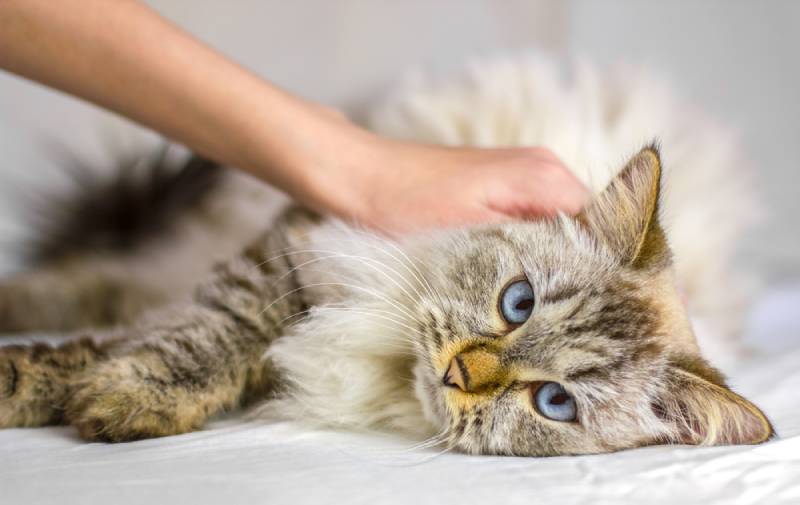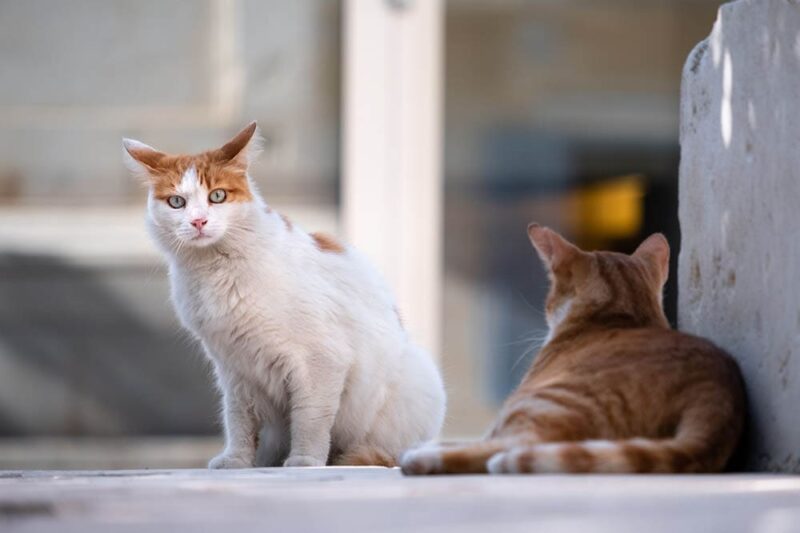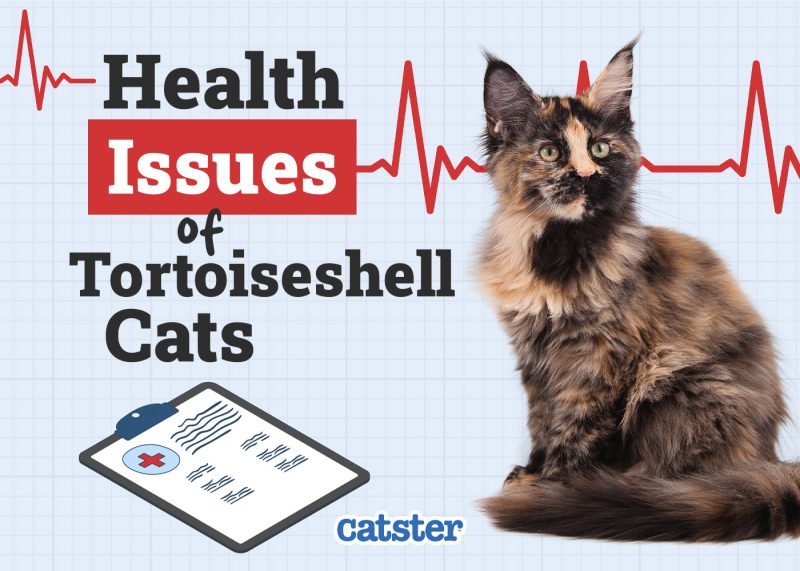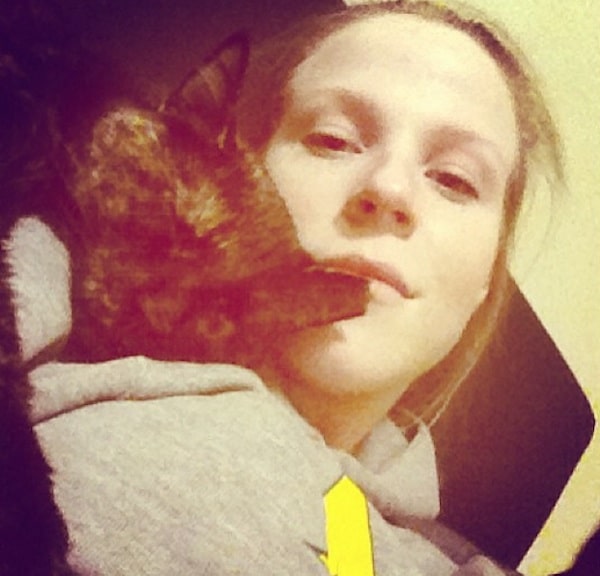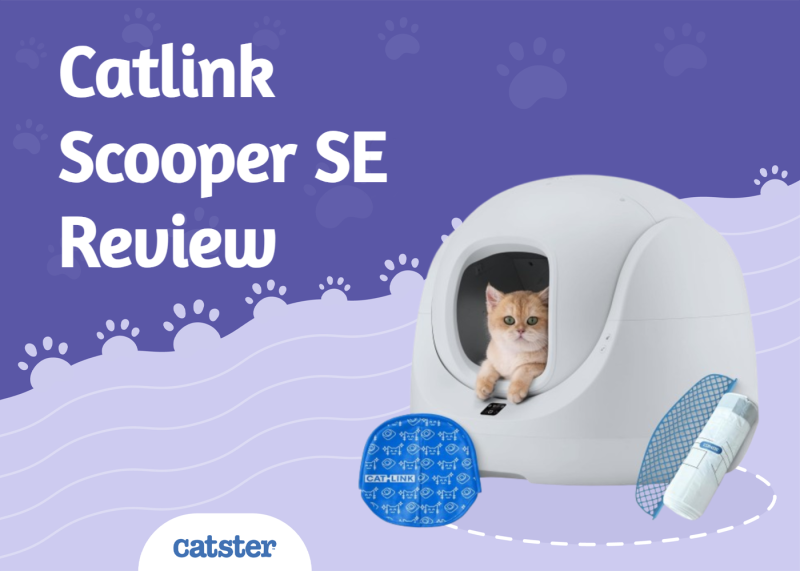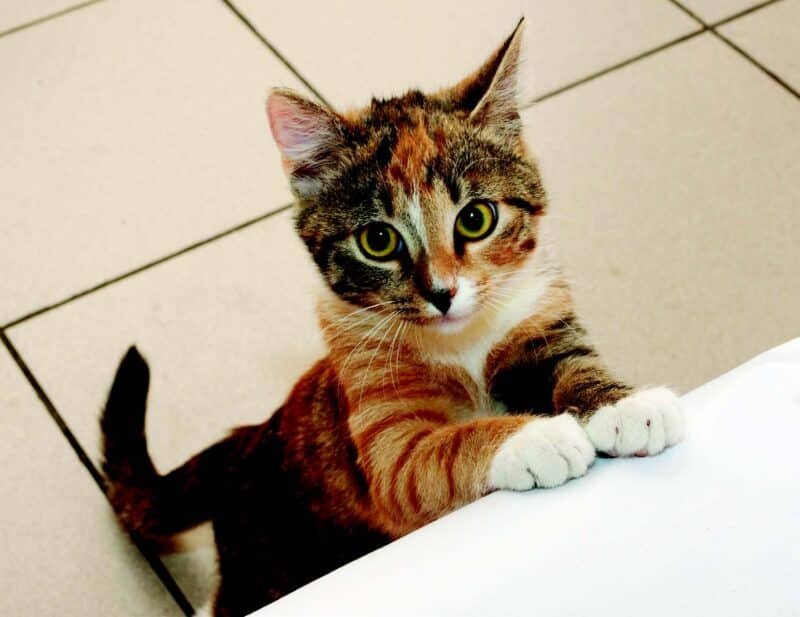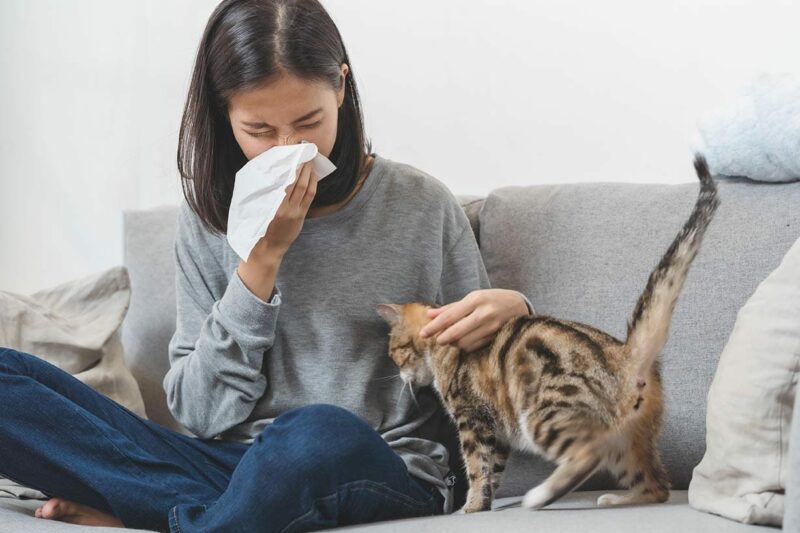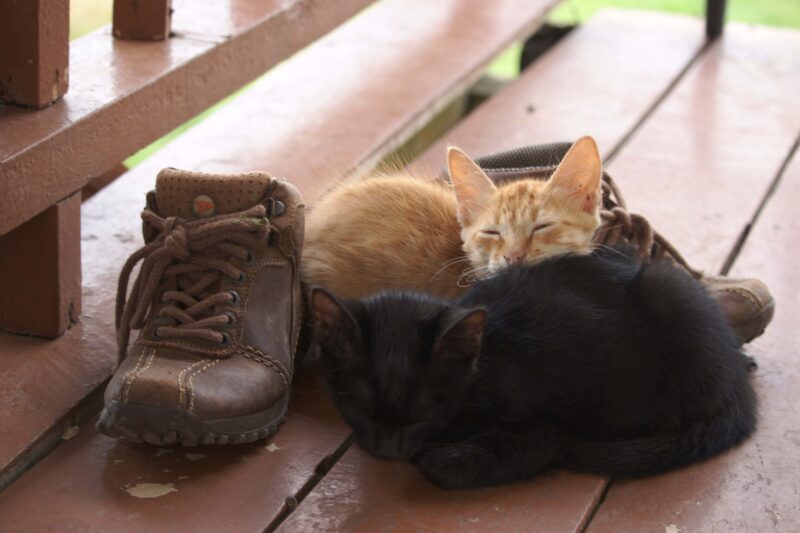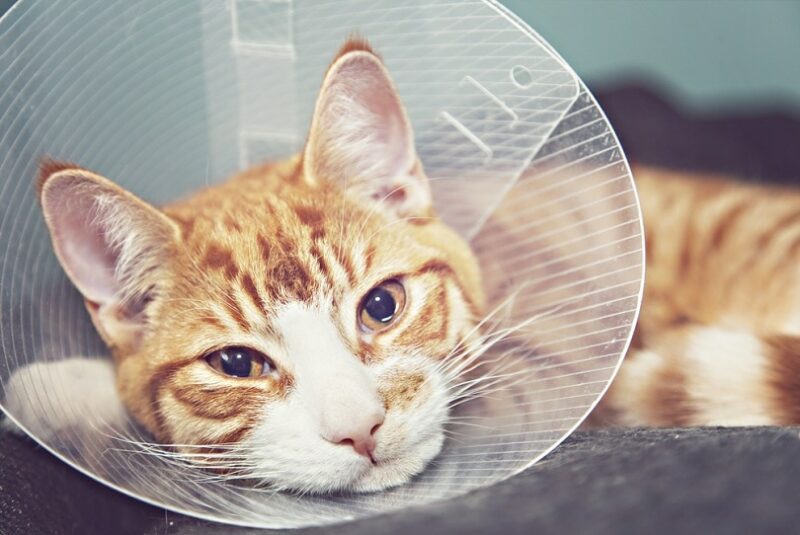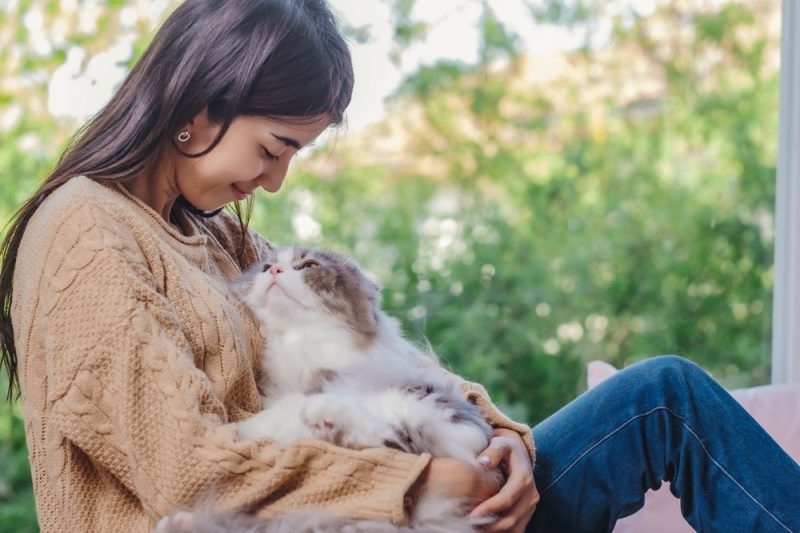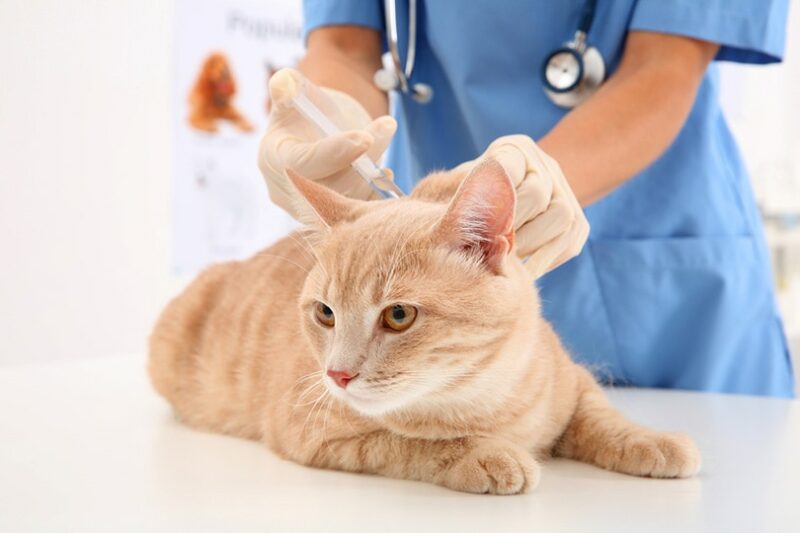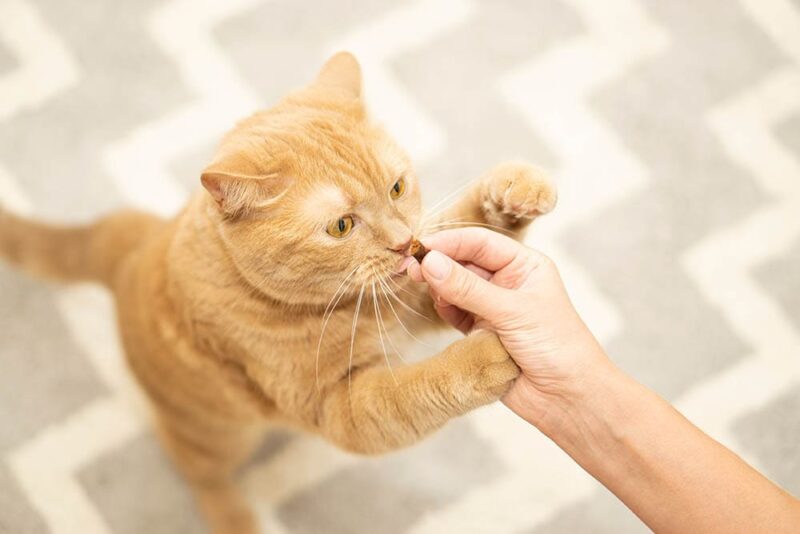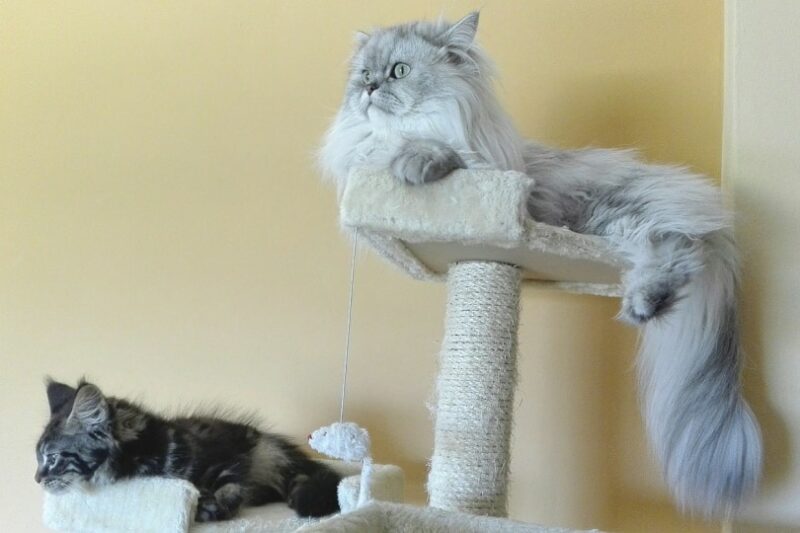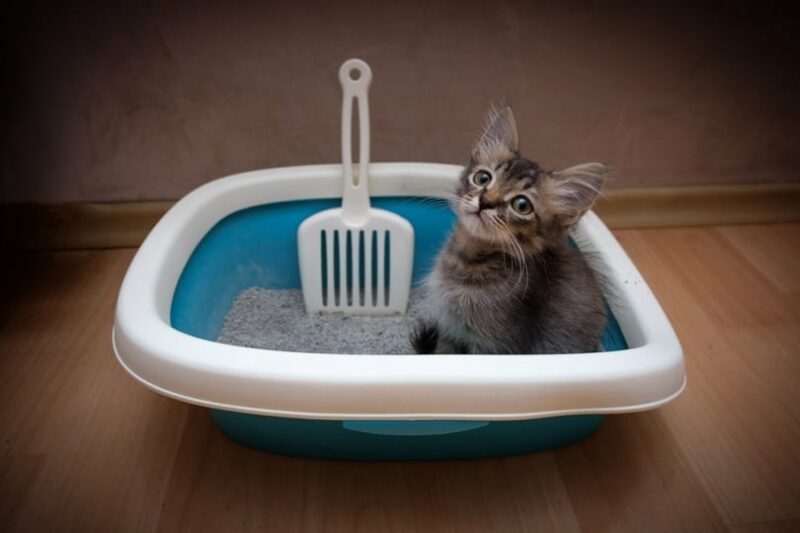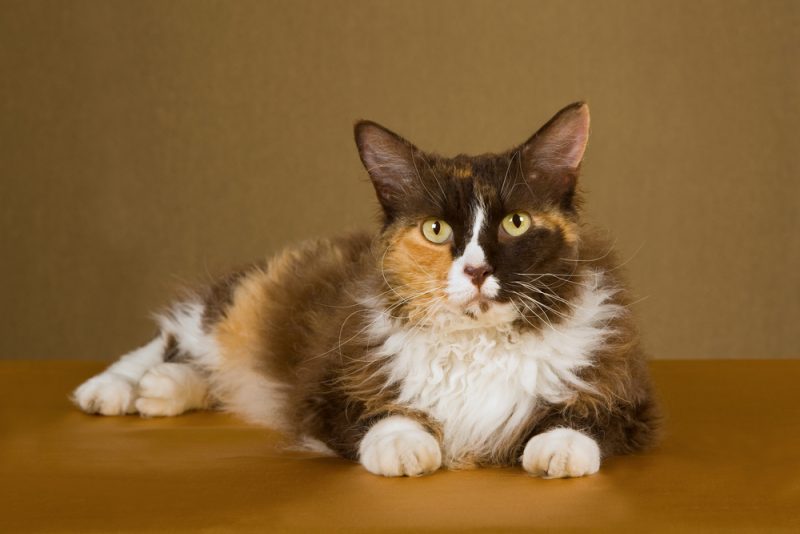In this article
View 4 More +Cats are masters at hiding it when they’re not feeling well or in pain, which can make it difficult for pet parents to know when something is wrong. Veterinarians first look for signs such as changes in behavior to determine if cats are in pain.
Feline facial expressions can also be incredibly informative. The Feline Grimace Scale (FGS) is a tool veterinarians use to tell if cats are in acute pain and, if so, how intense it is and if pain management may be appropriate.

How Does It Work?
Cats must be observed for about 30 seconds to obtain accurate scores, and they should be evaluated when they’re not eating, sleeping, or grooming themselves. Ear, whisker, head position, muzzle tension, and orbital tightening are called “action units,” and each is given a score ranging from 0 to 2; higher scores indicate more intense pain.
Cats with their ears facing forward, for instance, receive scores of 0 for that action unit, while those with ears that are flattened and pointing sideways get higher scores. Scores are provided for each action unit and added together to come up with a final total. Scores higher than about 4 indicate that pain management is required.
There’s a handy fact sheet with pictures and descriptions of what to look for at each action unit that pet parents can use to evaluate their companions’ pain. There’s also an app that makes it easy for pet parents to work with the tool.
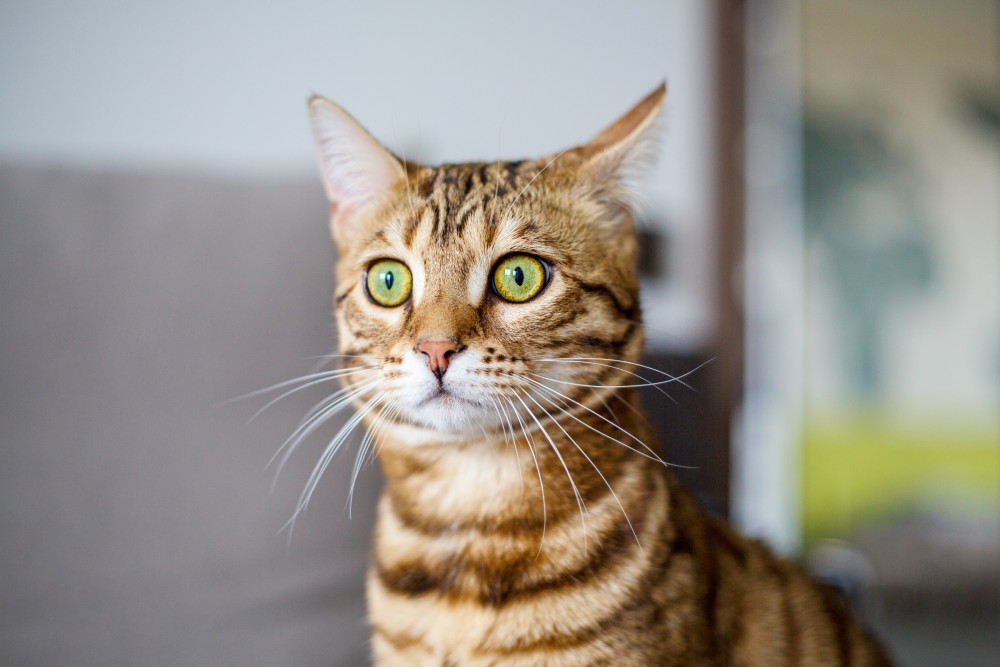
How Was the FGS Developed?
Researchers at the Université de Montréal developed the scale by comparing the facial features of cats in pain with those of a control group.1 Cats brought into the university’s teaching hospital for emergency treatment were observed and evaluated to determine if they were in pain.
Those who were in pain were filmed before receiving any medication. Video recordings of healthy control cats were also made. Still photos were made of the cats’ faces and scorers used the images to identify how the faces of cats in pain and those who aren’t differ. The features identified as different were used to create the FGS — they’re the scale’s action units.
Where Is It Used?
The FGS is used by veterinarians in clinical settings to determine if cats are in pain, such as after surgeries or dental procedures, or when evaluating pets suffering from conditions like urinary blockages and pancreatitis.
Behavioral changes can indicate that cats aren’t feeling well, but the FGS can tell veterinarians how much acute pain cats are experiencing so it can be addressed with medication when warranted. Pet parents can also use the tool to get an idea of if their companions are in severe pain or not.
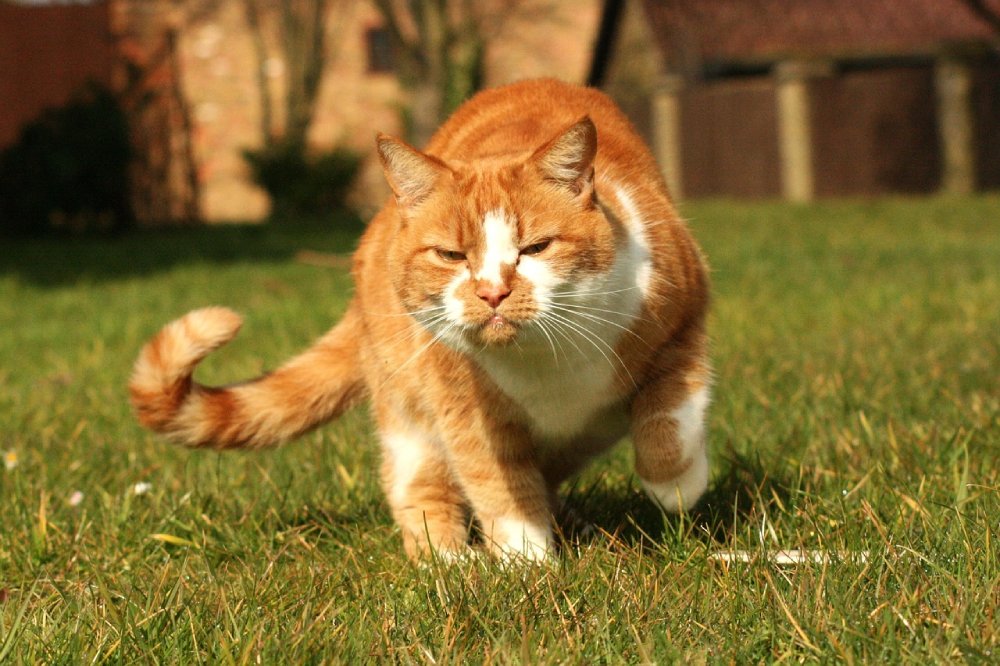
Can Pet Parents Use the Tool?
Yes. Scholars ran a study in which veterinarians and cat owners were asked to look at pictures of cats and score their pain levels using the FGS. The scores given by the two groups were largely the same (although there were some differences), leading researchers to conclude that the scale can reliably be used by pet parents.
The cat owners who participated in the study were able to work with the tool effectively without any special training. The FGS website has a section where pet parents can practice their skills.
The tool is designed to evaluate acute pain, so it’s not appropriate for understanding how cats with chronic conditions are feeling. Still, it can help pet parents get an idea of the level of pain their cats may be experiencing due to surgery, wounds, urinary obstructions, and constipation.

Frequently Asked Questions (FAQ)
Are There Grimace Scales for Other Animals?
Yes! Grimace scales have been developed to evaluate pain levels in mice, rats, rabbits, sheep, ferrets, and horses.
Why Do Cats Hide Signs of Pain?
Cats really haven’t been domesticated for that long, and they still have many of the behavioral traits that served their wild ancestors well, such as a tendency to hide signs of illness.
Cats in the wild are both predators and prey, and predators target animals who are easy to catch, such as those who are hurt or ill. Hiding signs of an illness is an evolutionarily sound strategy that contributes to cats’ ability to survive in the wild.
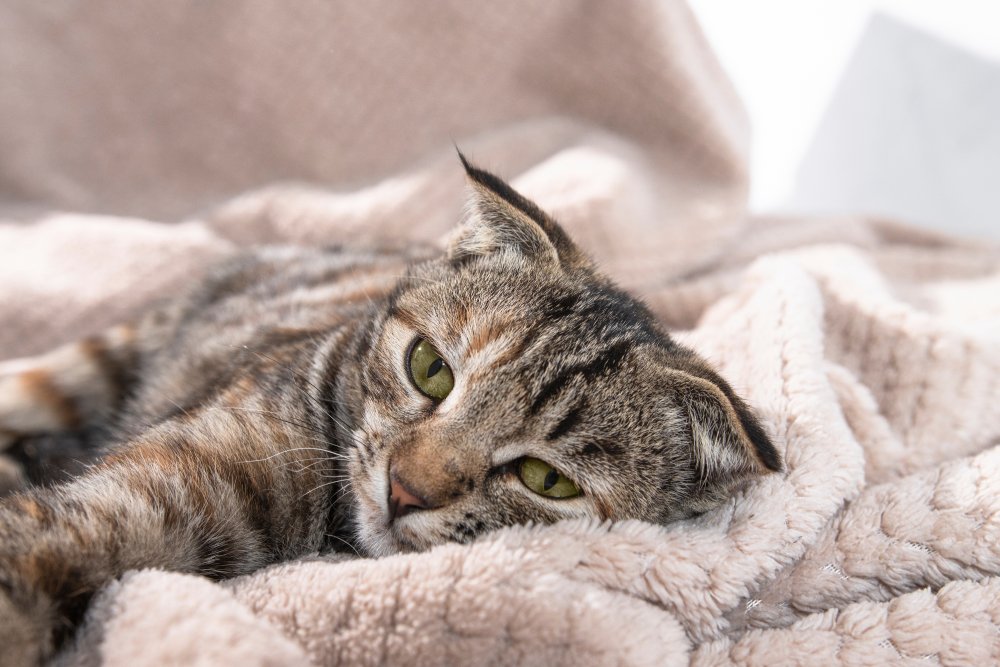
How Do Veterinarians Treat Feline Pain?
Veterinarians sometimes rely on medications to help relieve feline pain, but there are other options, including physical therapy, acupuncture, and massage. Dietary supplements are also occasionally recommended. Human pain medication should never be given to cats, and pets who aren’t feeling well or appear to be in pain should be seen by a veterinarian immediately.
If you are concerned about the health and well-being of your pet, seek veterinary advice for the best course of action.
If you need to speak with a vet but can't get to one, head over to PangoVet. It's an online service where you can talk to a vet online and get the advice you need for your pet — all at an affordable price!


Conclusion
The FGS was developed by researchers at the Université de Montréal to help veterinarians evaluate acute pain levels in cats. Cats’ ears, whiskers, head positions, orbital tightening, and muzzle tension are all scored when using the FGS; higher numbers indicate more serious pain.
Veterinarians use the scale to identify whether cats need pain medication after surgical and dental procedures, and it can help pet parents determine if their companion is in serious distress and needs veterinary assistance.
Featured Image Credit: Olesya Alexandrova, Shutterstock
